- Destinations
- Travel Styles
- About Us
- Contacts
- Destinations
- Travel Styles
- About Us
When you think of Cambodia, the temples of Angkor often come to mind. However, a few hours away, a completely different reality awaits those who choose to leave the usual roads. On the banks of the Tonle Sap, the lakeside village of Kampong Khleang reveals a way of life closely linked to water and the seasons. Here, the houses rest on high stilts or float along the lake. The children learn to handle the paddle from an early age, and the days go by simply, between fishing, mutual aid and neighborhood life. Every scene of everyday life is sincere, raw, deeply authentic, a detour that is worth it, far beyond the temples of Siem Reap.
Among Cambodia's floating villages, Kampong Khleang is perhaps the one that leaves the strongest impression. It is also the furthest from Siem Reap, about 50 to 55 kilometers, which makes it less crowded, but all the more authentic. To get there, you have to go down the Tonle Sap by boat, cross flooded forests, watch the banks gradually transform, before seeing the first houses on stilts appear, defying gravity.
Here, we literally live with water. During the rainy season, the lake rises until it reaches the threshold of the houses. We no longer walk we row, we pass each other in boats. Children learn to maneuver a boat at a very young age. Deliveries, meetings, fishing, everything is done by water. The rest of the year, when the level drops, dirt streets reappear, and stilt houses, some 10 meters high, return to their dry land base.
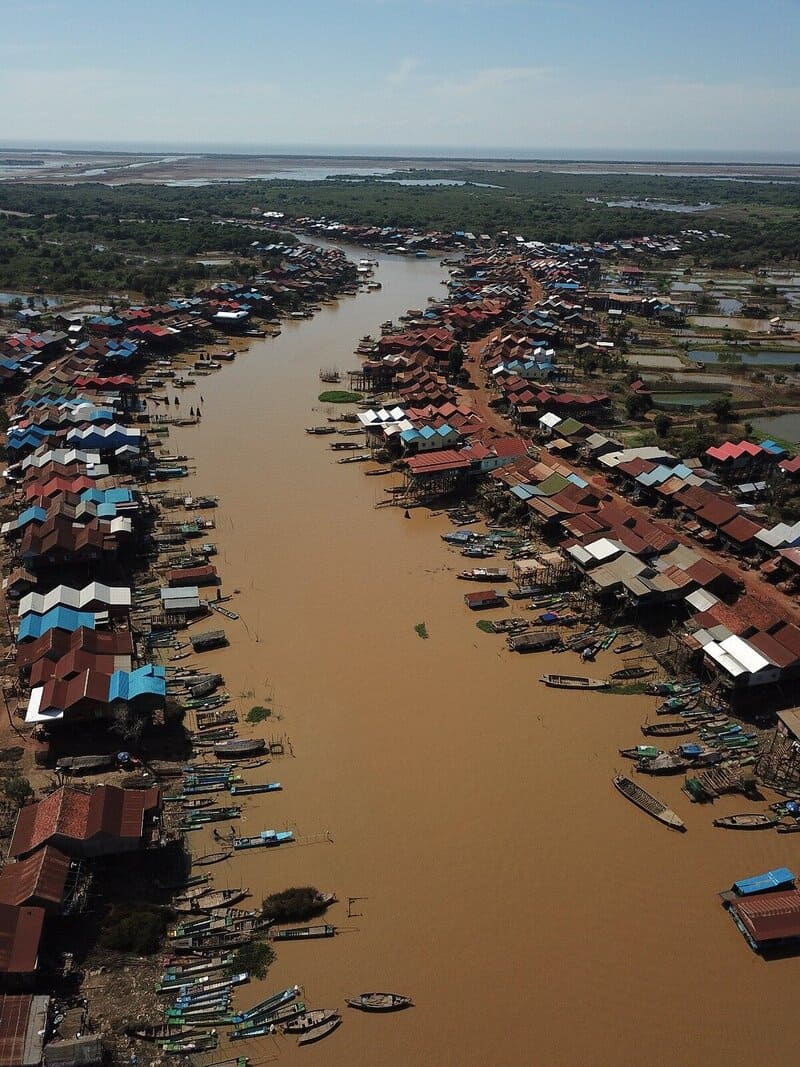
From Siem Reap, it takes about 1h30 to 2h by car or tuk-tuk to reach the small pier leading to Kampong Khleang. The journey can be done partly by road, then by boat depending on the season and the water level of the Tonle Sap. It is recommended to go with a local guide or a reliable agency, who can adapt the itinerary according to the conditions. Unlike closer villages like Chong Kneas, here, the experience remains peaceful, away from the crowds, and much more faithful to local life.
Kampong Khleang is one of the largest communities on the northern banks of the Tonle Sap, with more than 10,000 inhabitants. The village consists of two distinct areas: houses on stilts firmly anchored in the land, and, further on the lake, floating houses, often occupied by Vietnamese families without recognized nationality. These mobile homes, mounted on barrels or metal structures, drift slowly to the rhythm of the water, due to a lack of access to land.
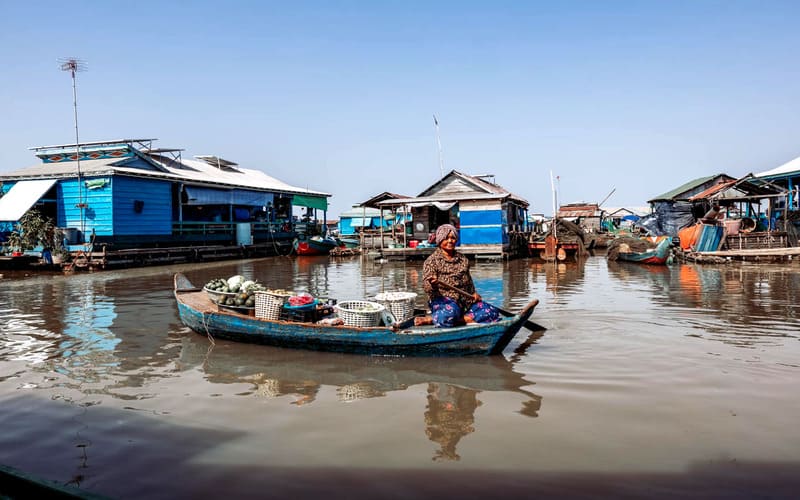
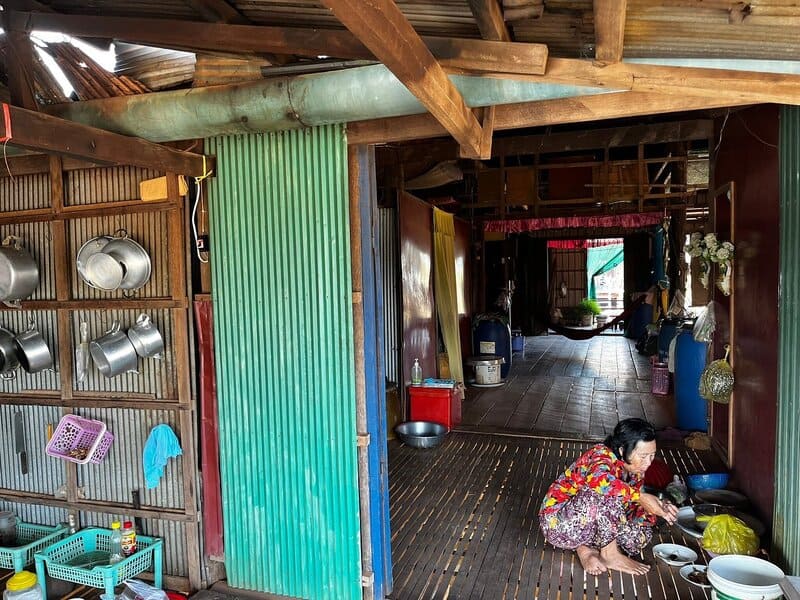
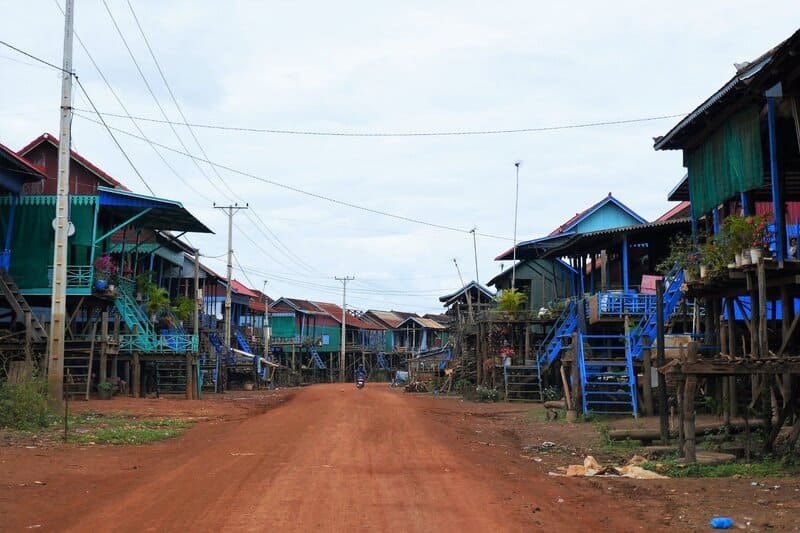
Life is simple but intense. Resources are limited, but the social link remains strong. Daily life is shared: a meal taken outside on a small fire, a hammock hanging in the shade, a smile exchanged as he passes. Between the houses, everything is alive: laundry drying, children rowing alone, fish grilling over a wood fire. The houses, bridges, footbridges, almost everything is made of local wood, with know-how passed down from generation to generation.
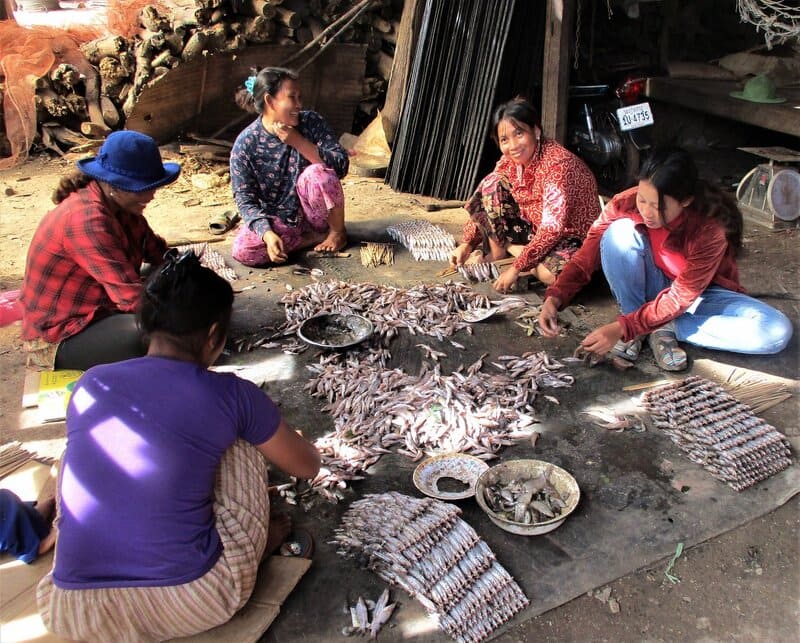
On the lake, every unforeseen event calls for mutual aid. When one boat gets stuck, another docks without hesitation. When the propeller becomes cluttered with debris, we go down into the water to free it. It is these discreet, everyday gestures that say everything about a way of life based on solidarity. Here, we move forward together.
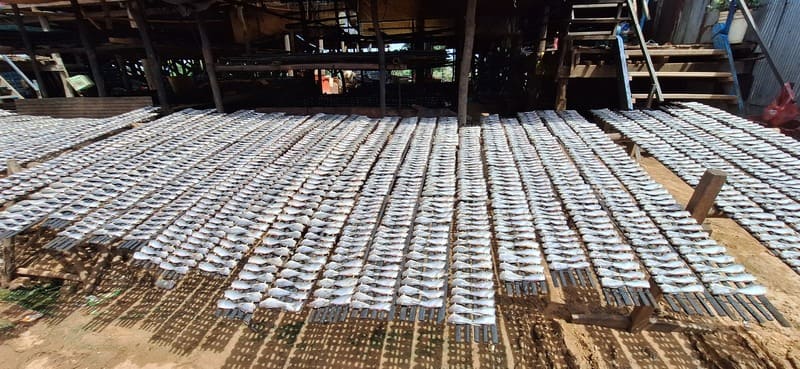
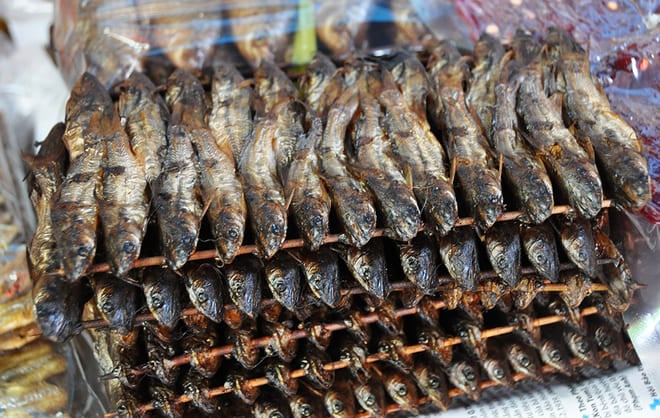
Kampong Khleang lives with the seasons. When the water recedes, fishing gives way to agriculture. The exposed land is rich and fertile, and families grow rice or vegetables. But even during the wettest periods, fishing remains central: fresh fish, smoked fish, fermented fish paste (prahok)... Everything the lake offers is valued.
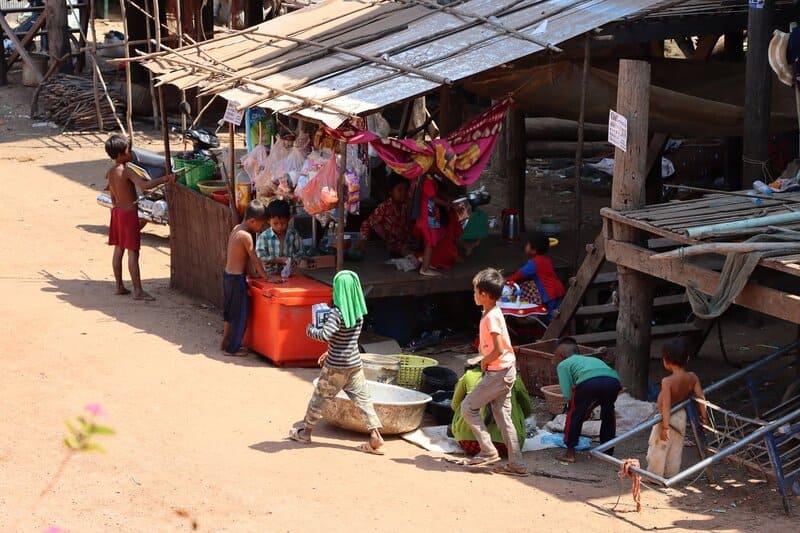
One day, while sailing in the mangrove, I saw a child alone, sitting on a small boat. He must have been six or seven years old. He wasn't lost, nor worried: he was just a child of the lake, used to water, space, autonomy. This image has stuck with me. She tells a lot about the way of life of the inhabitants of the Tonle Sap.
Like him, many children grow up here learning to row first, even before they can read. School is not always accessible: living on the water, far from land, makes things more complicated. However, in the heart of this changing life, small schools have emerged. Simple, sometimes installed on stilts or floating too, they welcome children to offer them, as much as possible, an opening to the future.
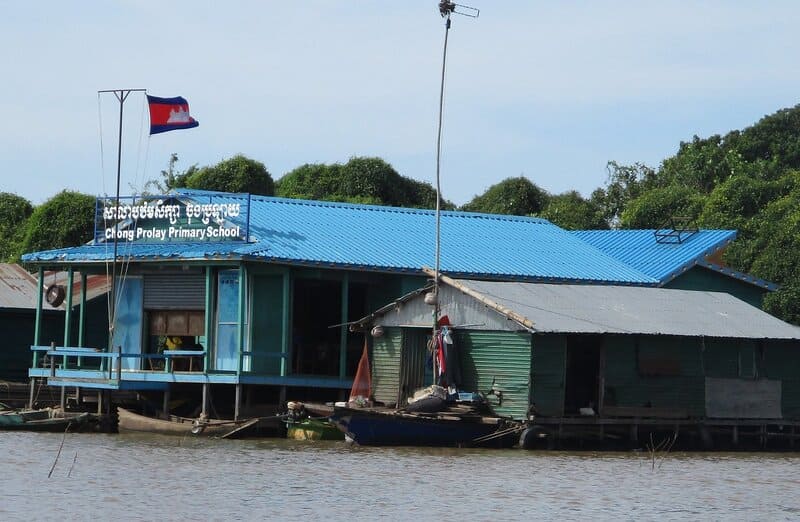
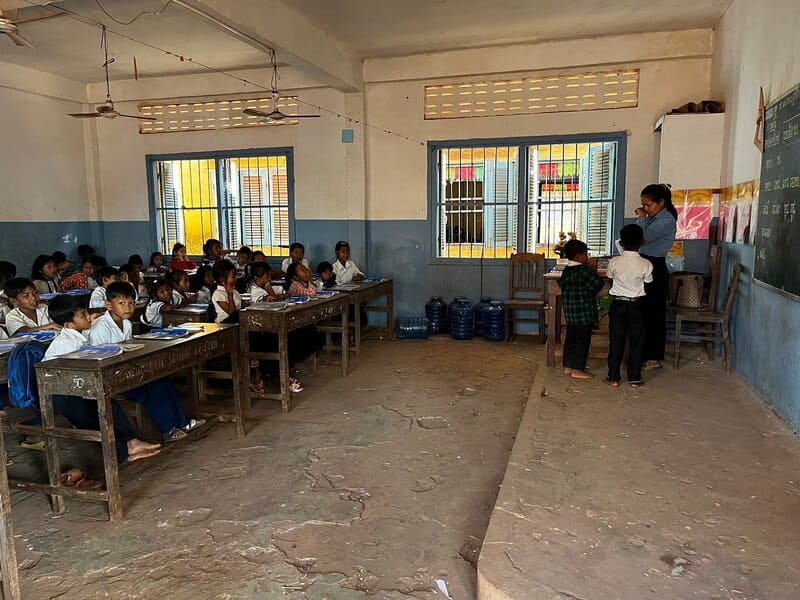
📌 Tonle Sap Essentials: Floating Villages + What You Need to Know
Because he doesn't try to impress. Here, everything is true: beauty, difficulties, unpredictable seasons, resourcefulness and mutual aid. Kampong Khleang is not "ready to photograph", he is alive. It must be approached with respect, slowness, and sincere curiosity.
You won't find souvenir shops there. Instead, you'll come across a fisherman patching up his net, a grandmother selling some fruit on her boat, or a family sharing a meal on a small wooden bridge. And if you really look, you'll walk away with more than just a nice photo.
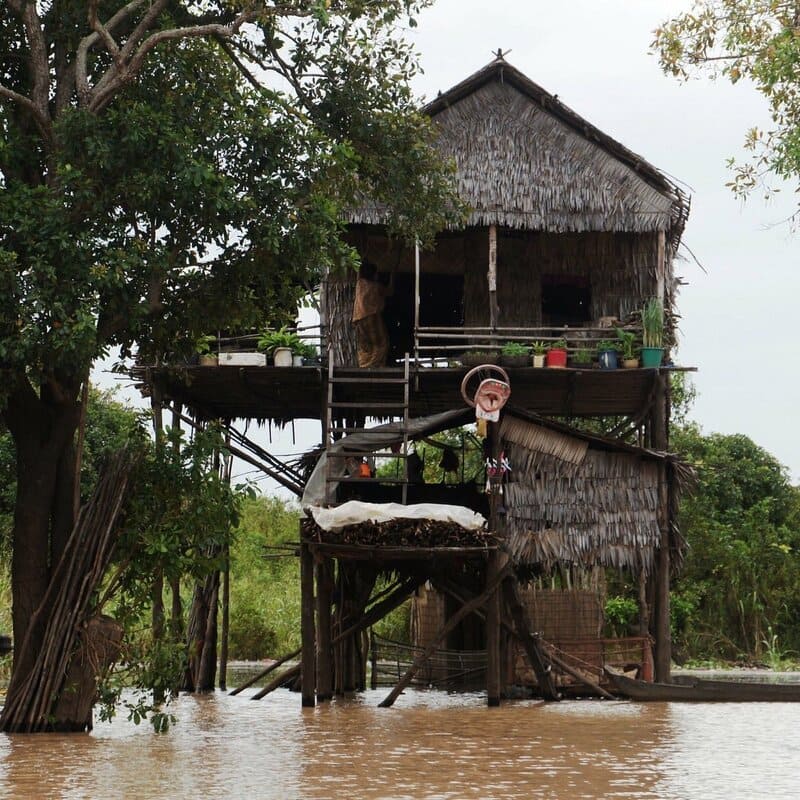
Practical information
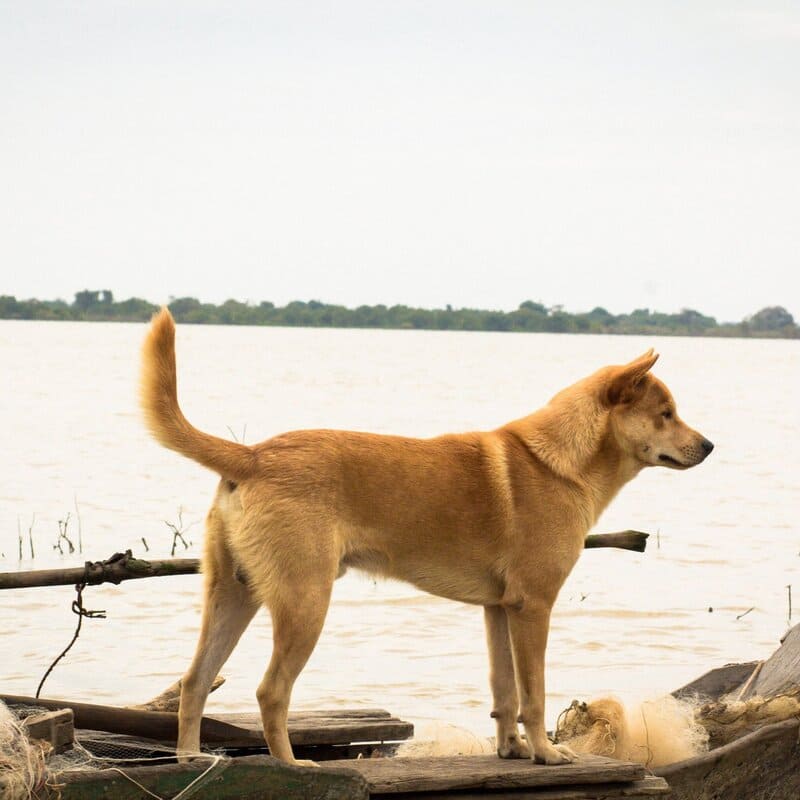
Kampong Khleang is not visited to tick a box on an itinerary. People come here to observe a way of life shaped by water, patience and ingenuity. Life is simple, often precarious, and some faces bear the marks of a difficult daily life. However, what remains in mind are the smiles. Those of the children, full of carefreeness, who paddle alone between the houses as if they already knew the way. Frank, luminous smiles, which warm as much as they question.
We leave the village with a little divided heart: touched by their sincere joy, but also aware of the challenges they face every day. We can only hope for a stable education, a sweeter life, and benevolent seasons for them. And to keep deep within oneself a piece of this peaceful humanity, anchored in water and time.
📌 You might also like:
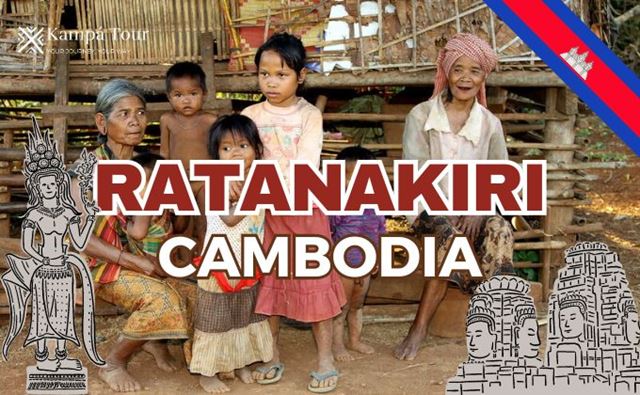
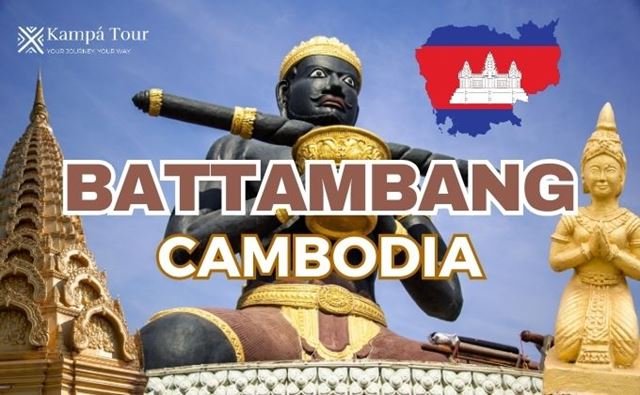
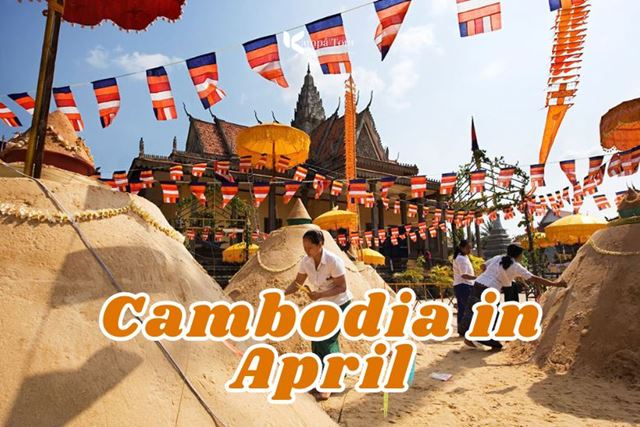
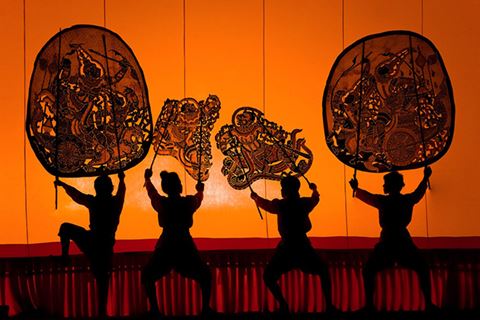 The Essentials
The Essentials The Essentials
The Essentials The Essentials
The Essentials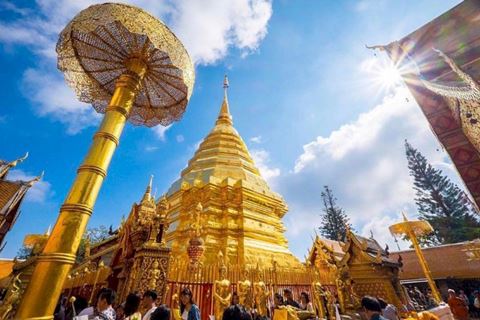 The Essentials
The Essentials